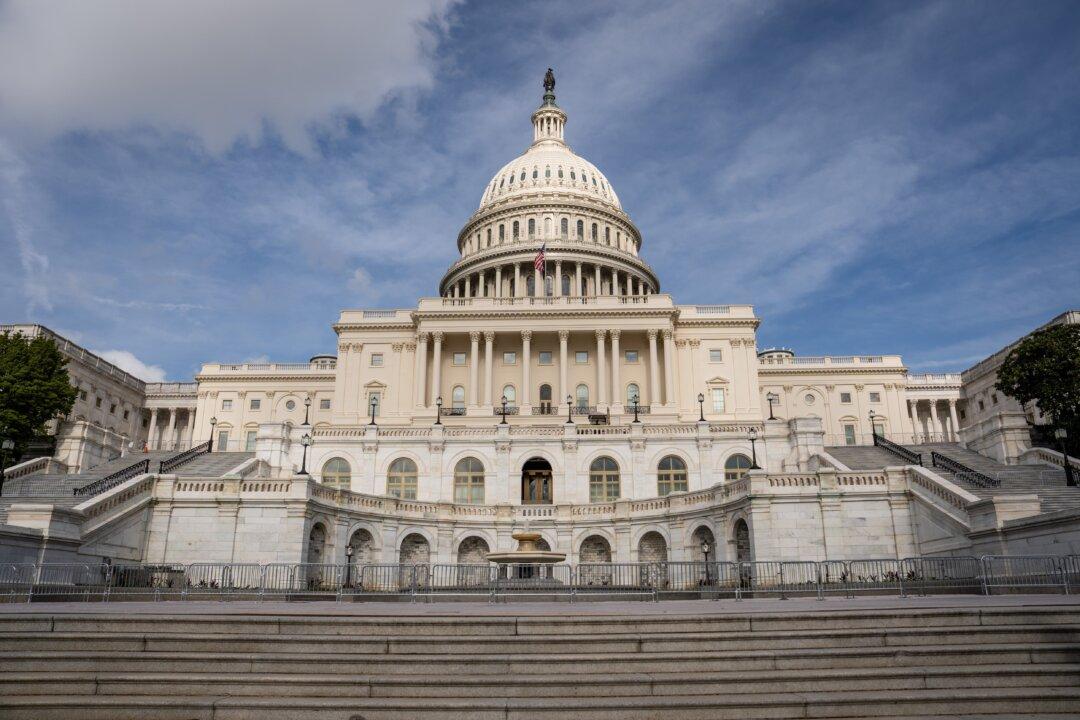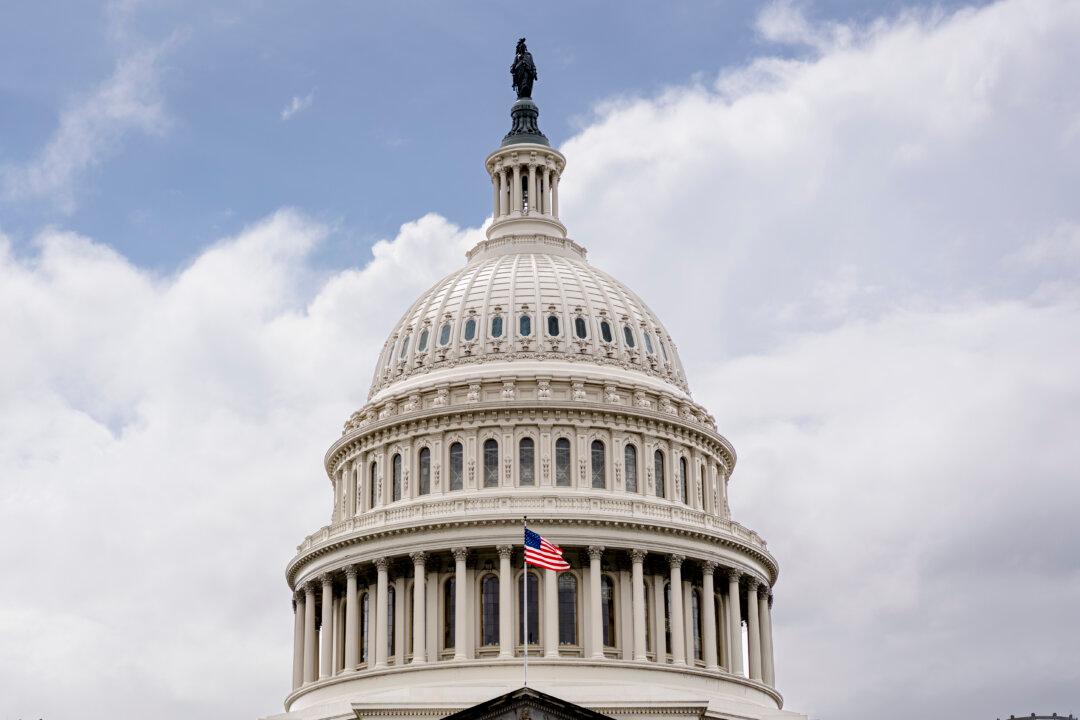The House Ways and Means Committee on May 12 released the tax policy portion of the GOP megabill to implement President Donald Trump’s sweeping agenda.
The committee, which deals with taxes and other government revenue sources, is scheduled to meet on May 13 to mark up the bill in what will be a closely-watched hearing amid disagreements on aspects such as the State and Local Tax deduction, or SALT.
The tax cuts are estimated to cost $3.7 trillion, according to the Joint Committee on Taxation. This is below the $4 trillion target set by congressional Republicans. It represents Trump’s signature domestic policy plan, which he says is meant to work alongside his tariff policy to boost the U.S. economy.
Because it’s being passed under reconciliation, Democratic support won’t be necessary to pass the bill. But getting enough Republicans on board in the narrowly-divided House—where House Speaker Mike Johnson (R-La.) can spare just three defections—will be a challenge.
Permanent Tax Cuts
The bill would permanently codify current income tax rates, which were lowered after 2017 by the Tax Cuts and Jobs Act (TCJA), the first major legislation enacted during Trump’s first term.The TCJA raised the standard deduction for individual taxpayers from $6,500 to $12,000 and lowered tax brackets for all income levels while lowering many itemized deductions.
Trump promised that making “the tax cuts permanent” would be a core goal during his second term.
Tax cuts from the 2017 legislation are set to expire on Dec. 31 this year. If that happened, the tax code would return to its pre-2017 rules, an eventuality that Trump and Republicans are anxious to avoid.
Child Tax Credit Boost Extended
The legislation would also lock in the popular doubled child tax credit for more than 40 million taxpayers, according to the House Ways and Means Committee in a breakdown of the legislation.As part of the TCJA, the child tax credit was raised from $1,000 per dependent child to $2,000 per child.
No Taxes on Tips, Overtime, or Car Loan Interest
The bill would also fulfill Trump’s 2024 campaign promises to end taxes on tips, overtime pay, and car loan interest.The Ways and Means Committee assessed that the legislation would save the average American family $1,700 and increase real annual take-home pay for a median-income household with two children by roughly $4,000 to $5,000.
‘MAGA Accounts’
The bill would create “Money Account for Growth and Advancement (MAGA) accounts” for tax-free savings. These accounts are essentially trusts for parents to save money for their children, who can receive the funds when they turn 18 years of age.It lets parents create a MAGA account with a financial institution for their minor children and contribute up to $5,000 to the account annually. It’s tax-free for a period of up to 31 years, at which point control of the account must be turned over to the child.
State and Local Tax Deduction (SALT)
A point of contention among Republicans is the State and Local Tax (SALT) deduction.The SALT deduction currently sits at $10,000, but Republicans from Democrat-controlled states like New York and California want it increased.
The text increases it to $30,000, but a group of lawmakers has said that is not enough. Rep. Mike Lawler (R-N.Y.) wants the amount increased to $100,000 for single filers and $200,000 for those who file jointly.
Eliminating Energy Tax Credits
The text would eliminate tax credits on alternative sources of energy.This includes repealing tax credits surrounding clean energy vehicles, nuclear power, and clean hydrogen.
Removing Taxpayer Benefits for Illegal Immigrants
In keeping with the Trump administration’s hawkish stance on illegal immigration, the text consists of removing taxpayer benefits for those who are in the United States illegally.Tax Hike on Some University Endowment Earnings
The bill would tax some college and university endowments by as much as 21 percent.As in the 2017 tax legislation, the committee text has a 1.4 percent tax on colleges whose endowments exceeded $500,000 per student.
Additionally, schools with an endowment between more than $750,000 and $1.25 million per student would see a 7 percent tax; those between more than $1.25 million and $2 million per student would be taxed at 14 percent; and institutions that are more than $2 million per student would be taxed at 21 percent.
Increasing the Debt Limit
Finally, the text includes raising the debt limit by $4 trillion. This is the limit of how much the United States can borrow to pay off its loans.If the debt ceiling is not increased by the time what is known as the “X date” is reached, the United States would default on its loans, causing detrimental effects to both the American and global economy.









